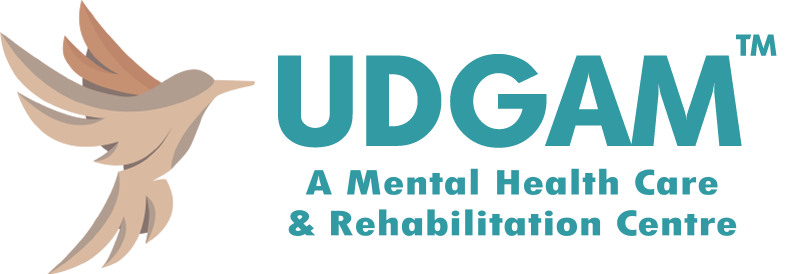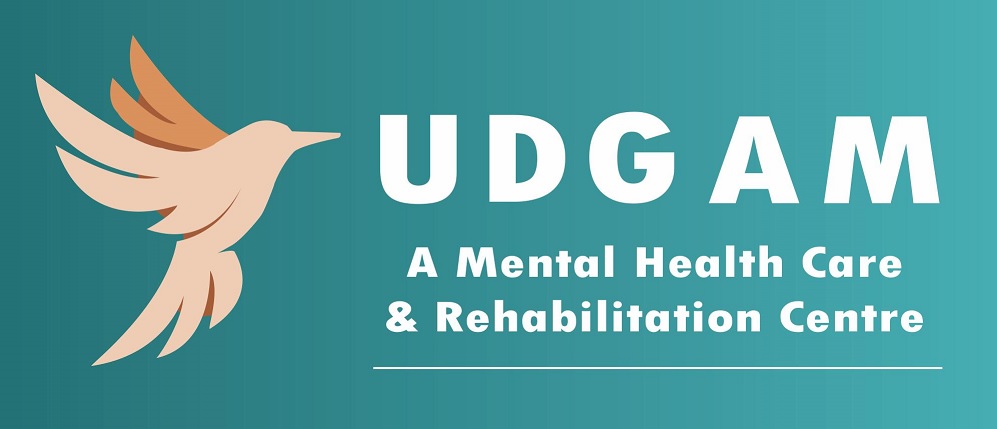
What is a Specific Learning Disability (SLD)?
Learning Disabilities are due to genetic or neurological factors that alter brain functioning in a manner which affects one or more cognitive processes related to learning.
Learning Disability is not about being lazy, naughty or dull but the difference in the wiring of brain affects how they receive and process information. However, Learning disability is an umbrella term for a variety of other learning problems. Specific Learning Disorder (SLD) on the other hand is a type of Neurodevelopmental Disorder that impedes the ability to learn or use specific academic skills (for example, reading, writing or arithmetic) which acts as a foundation for other academic learning.
Learning difficulties affects a person’s life beyond academics like his organizational skill, time management, planning, abstract reasoning, memory, attention and his interpersonal relationships too. It is a lifelong challenge, it cannot be cured or fixed but with appropriate support and intervention these challenges can be overcome and an individual can successfully manage his life.
For Diagnosing an individual with SLD, assessments are done to rule out any physical Disability (Hearing or sight), Emotional or Behavioral Difficulties (Bullying in schools, Child Abuse, defiant Behaviors etc.), Pervasive Developmental Disorders (ADHD, Autism) and has an average Intelligence Quotient (IQ).
Specific learning disabilities include:
- Dyslexia is a learning disorder characterized by difficulty in reading. Individuals may find it hard to learn to read words or to understand what is written.
- Dyscalculia is a learning disorder characterized by difficulty with numbers. Individuals may find it hard to learn to count or add, subtract, multiply and divide or to understand how numbers work. These kind of individuals may also have a problem with the concept of time.
- Dysgraphia is a learning disorder characterized by difficulty with writing or spelling. Individuals may find it hard to write legibly and may have problems with spelling. They may reverse letters or words. They may find it hard to put their thoughts when writing a story or essay.
- Dyspraxia or sensory integration disorder, involves problems with motor coordination that lead to poor balance and clumsiness. Poor hand-eye coordination also causes difficulty with fine motor tasks such as putting puzzles together and coloring within the lines or difficulty in sorting items
- Apraxia of speech or verbal apraxia, is a disorder which involves problems with speaking. People with this disorder have trouble saying what they want to say correctly and consistently.
- Central auditory processing disorder, is a condition in which people have trouble understanding and remembering language-related tasks. They have difficulty in understanding jokes, following directions or explaining narratives. They are often easily distracted.
- Nonverbal learning disorders, is a conditions when individuals have strong verbal skills but find it difficult to understand facial expression and body language. They are also physically clumsy and have trouble following multiple instruction.
- Visual perceptual/visual motor deficit, is a condition when individuals mix up letters, they may get confused with "m" and "w" or "d" and "b”. They may also lose their place while reading, copy inaccurately, and write messily.
- Aphasia or dysphasia, is a language disorder. A person with this disorder has difficulty understanding spoken language, poor reading comprehension, trouble with writing, and great difficulty finding words to express thoughts and feelings.
Signs & Symptoms (How to recognize)
One child may struggle with writing or reading, while another may like books but face difficulty with math. Learning disabilities look very different from one individual to another. Following is a list of common red flags for learning disorder:
At Preschool age
- Trouble in pronouncing words correctly
- Difficulty finding the right word
- Difficulty with rhyming words
- Trouble with learning of alphabet, numbers, colors, shapes, days of the week
- Difficulty following directions or day to day routine
- Difficulty in controlling crayons, pencils, and scissors, or coloring within the lines
- Trouble with buttoning and unbuttoning, zippers, snaps or tying of shoe laces.
Between Ages 5-9
- Difficulty with understanding the connection between letters and sounds
- Difficulty to blend sounds to make words
- Confuses basic words when reading
- Slow to learn new skills
- Consistently misspells words and makes frequent errors
- Difficulty in learning basic math concepts
- Difficulty with the concept of time and remembering sequence
Between Ages 10-13
- Difficulty with reading comprehension or math skills
- Difficulty with open-ended test questions and word problems
- Difficulty with reading and writing; avoids reading aloud
- Poor handwriting
- Poor organizational skills (bedroom, incomplete homework, messy and disorganized desks)
- Difficulty in following classroom discussions and expressing thoughts aloud
- Spells the same word differently in a single document
Causes:
Exact causes of learning disabilities are yet unknown, however, some possibilities include:
- Heredity: Learning disabilities often run in the family, so it’s common to find that people with learning disabilities have parents or other relatives with similar difficulties.
- Problems during pregnancy and birth: Learning disabilities may be caused by prenatal, perinatal or postnatal birth complications. It may also be caused by low birth weight, lack of oxygen, drug and alcohol use during pregnancy, and premature or prolonged labor.
- Incidents after birth: Head injuries, nutritional deprivation, and exposure to toxic substances (i.e. lead) can contribute to learning disabilities.
Learning disabilities are NOT caused by economic disadvantage, environmental factors, or cultural differences.
Diagnosing SLD:
Diagnosing an individual with learning disability is a process. It involves detailed history taking, assessments, and observation by a Clinical Psychologist.
Challenges for treatment
Interventions that look at all relevant biological, psychological, and social factors are essential for a holistic approach to treatment. While there is no cure for specific learning disorder, there are many ways to manage and improve reading, writing, and math skills for a child. Treatment usually includes both strengthening the skills and developing a learning strategy tailored to take advantage of a child’s strengths.
Early Identification and Early Intervention is key!
Clinical Management
After the assessments are done, if the child is found to have a disability, an Individualized tailored Education plan is made.
Special Educator: The most common treatment for learning disabilities is special education. The basic approach is to teach learning skills by building on the child's abilities and strengths while correcting and compensating for disabilities and weaknesses.
Occupational therapy can be helpful for children who experience difficulty with motor and fine motor skills.
Speech therapists work with children who have language-based or reading comprehension issues and can help them improve their ability to understand and communicate in social situations
Clinical Psychologist: Psychotherapy, Behavior therapy, Cognitive behavior therapy in particular, may also be helpful in treating the emotional and behavioral problems that can accompany specific learning disorder.


